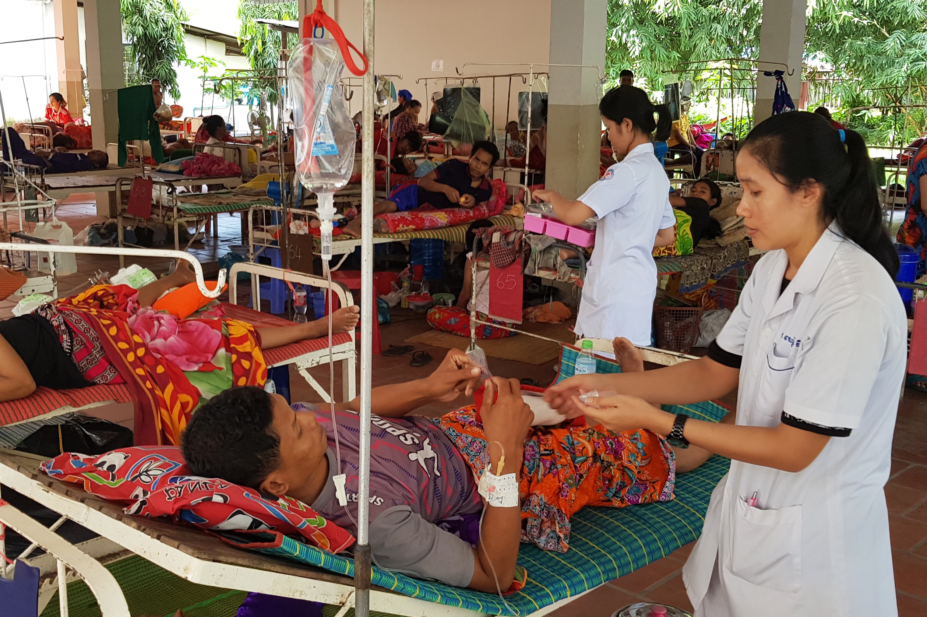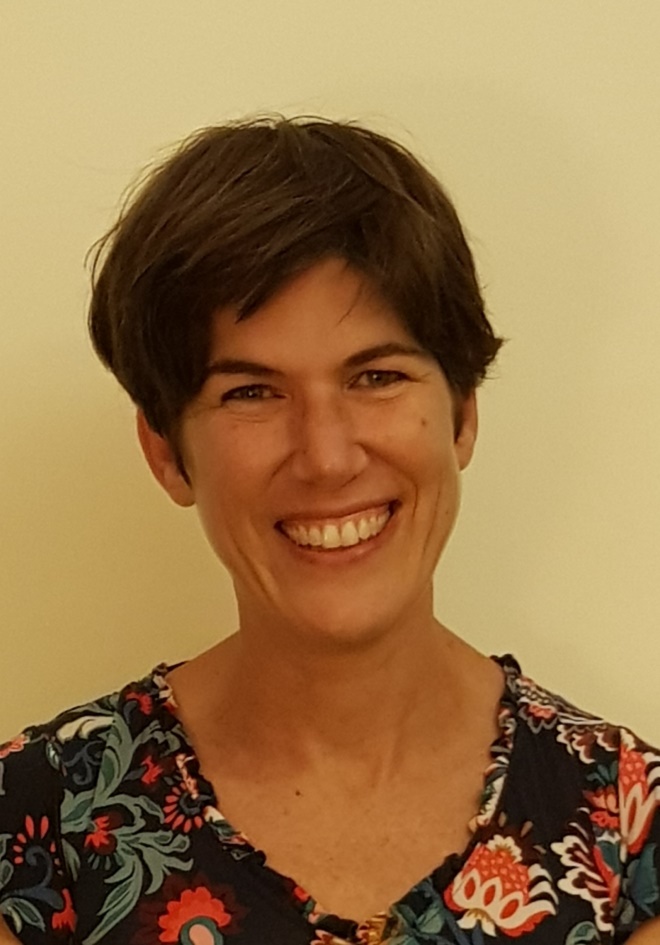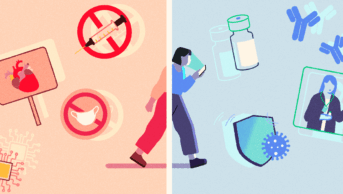
Alda Hummelinck
Cambodia remains one of the poorest countries in the world following the devastating activities of the Khmer Rouge regime of the 1970s, and the standard of its health care is variable.
In 2018, I spent two weeks scoping out potential opportunities to improve patient safety at a provincial hospital in Cambodia for the charity Transform Healthcare Cambodia, which supports training and education for Khmer healthcare staff. As a pharmacist, I reviewed current medication practices, and discussions with senior clinical staff and my own observations confirmed a widespread lack of awareness of the risks associated with medicines use.
The hospital receives medicine supplies from the capital, Phnom Penh, only every three months. The very limited formulary set by the Ministry of Health does not include any liquid medicines, inhalers or items requiring refrigeration, and it does not offer medication for many long-term conditions, such as hypertension, epilepsy, diabetes, asthma, or severe pain.
For inpatients, medication is prescribed and added to their medical notes during the morning’s ward round. Each day, this is transcribed onto a pharmacy order form and one day’s medicine supply is ordered from the pharmacy. These orders are signed off by five senior members of hospital management including the head of pharmacy and the hospital director.
The pharmacy subsequently supplies the required medicines as loose tablets or capsules in trays with a designated but poorly-labelled section for each medicine. And there is no role for pharmacy in providing any prescribing support, supervision, teaching or medicines information to clinicians or ward staff.
Wards are not issued with their own medicine stocks, other than those for emergency use. However, when a patient is discharged or has passed away, medication left-overs are store in ward-labelled pots. But as, in theory, the wards do not keep medicines stocks, and there is no pharmacy presence on the wards, no one knows whether the pots contain what they say they do, when the tablets were added to each pot or when the tablets expire.
On the ward, staff make up small sachets each containing an individual patient’s daily medication, and each sachet is likely to contain multiple doses of multiple medicines. Sachets are subsequently stapled closed and the patient’s bed number and name are handwritten on the front.
Medicine-taking is considered part of an inpatient’s social care, alongside washing, dressing and feeding — all of which are responsibilities of the patient’s relatives, not the nurses. Perhaps because of this lack of awareness of medicines risk, the provision of clear information and advice to patients is not considered an essential part of care. Nursing staff hand each patient their sachet of medicines and explain what the tablets are and how frequently they should take each one. If the patient does not understand, the nurse will return later to explain these instructions to the patient’s relatives or ask other patients’ relatives for support.
Further issues were identified with the preparation and administration of intravenous medications, including poor hand hygiene and aseptic technique, lack of labelling of pre-prepared syringes for injection, inadequate prevention of needle stick injuries and record keeping. These are starting points from which we can work alongside our Khmer healthcare colleagues to further review current practice and to develop simple, low-cost strategies for reducing risk.
Despite the issues identified at the hospital, the staff were impressively enthusiastic and engaged in designing sustainable patient safety improvements. The findings of the review will be used by the charity to support a work stream that will help Khmer healthcare staff understand and manage the risk factors they face when handling medicines, grow a patient safety culture and improve patient outcomes.
My experiences working at this Cambodian hospital were very different from my usual pharmacy practice in the UK. I have seen how amazingly resilient the Khmer people are in trying to provide the best care to their patients, despite their great challenges. And I understood how difficult it is to make sustainable improvements against a backdrop of such poignant poverty.
I have learned a lot about the cultural and historical background of Cambodian health care, and now I understand why things were done the way they were. Only with this understanding could I start to think about how things could be done differently to reduce the medication-related risks.

Source: Alda Hummelinck
About the author:
Alda Hummelinck is lead pharmacist for the Out of Hospital Care Clinical Directorate at North Tees and Hartlepool NHS Foundation Trust.


